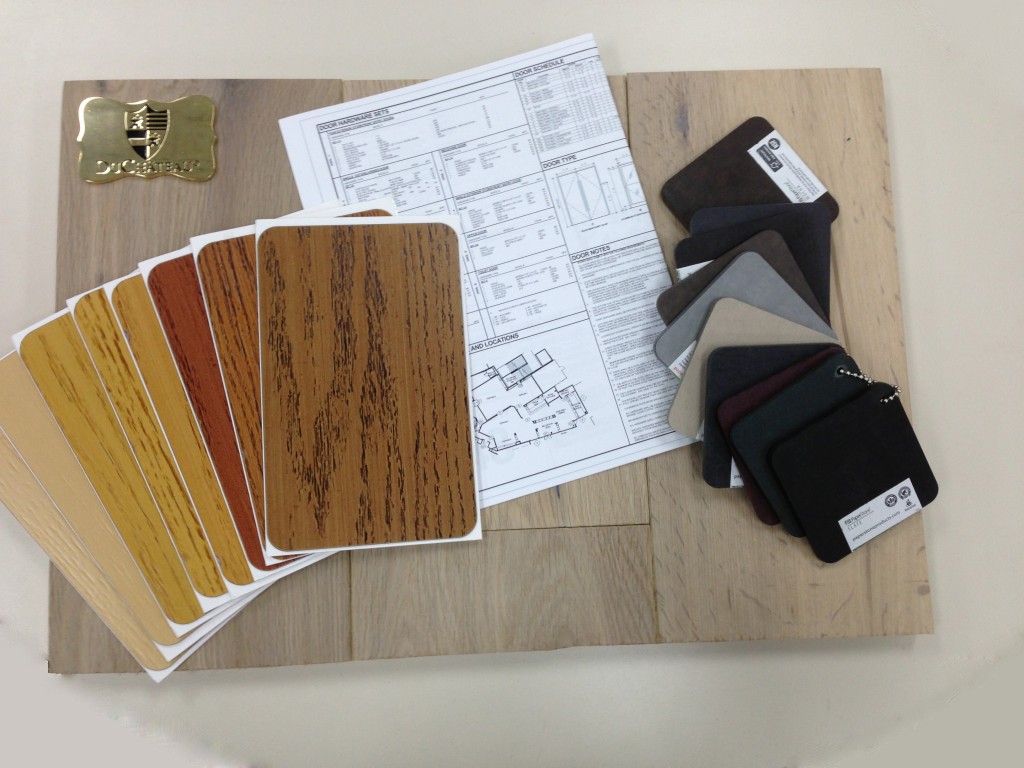 Hardware specification is something into which many organizations put a lot of time and thought (also known as money). One of the main issues potential customers bring to us is they do not get the products laid out in their hardware specification. They often ask,
Hardware specification is something into which many organizations put a lot of time and thought (also known as money). One of the main issues potential customers bring to us is they do not get the products laid out in their hardware specification. They often ask,
“Why am I not getting the products listed in my hardware specification and what can I do to ensure that we receive them in the future?”
Unfortunately, product substitution happens on a regular basis. You need to actively police your hardware specification. The good news is, you can pass this responsibility off to your vendors.
Why Does Substitution Matter?
General Contractors (GCs) will occasionally substitute alternate hardware during the bid or build phases. They do this either because they are unable to procure the specified product, or because they can make a higher margin.
Often times they will substitute with a “like for like” product, which means the hardware is the same grade, finish, and function. Do not be fooled into thinking that all “like for like” hardware is equal.
Hardware grades meet a minimum set of standards. That’s it…a minimum. This is especially true for grade 2 hardware, where the quality ranges vastly. If you specify a superior grade 2 door closer, the “like for like” substitute could just barely meet the minimum set of standards. It won’t be long before you have to replace the substandard door closer, and trust me when I say, those aren’t cheap.
Subpar hardware will lead to increased maintenance costs. It may not happen right away, but at some point in the not-so-distant future, these products will begin to fail. As they do, the price tag will add up.
Another issue product substitution causes is an inconsistent look and feel across your locations. The color may be off, the finish may be slightly different, or the shape of the hardware could vary. Any one of these alone may not sound like a big deal, but try telling that to your design team. They put a lot of time and energy into the development of the brand—right down to the hardware on your doors. While the financial effect of an inconsistent look is a hard one to calculate, it’s likely not insignificant.
The Solution: Make Your Vendors Police Your Hardware Specification
Plain and simple, someone needs to ensure you get what you specified. If I were to bet on your situation, I’d guess you don’t have the bandwidth to be the only one accountable for all of the products in every plan set. Am I right? Lucky for you, you don’t have to be.
One great solution is to make your vendors responsible for your hardware specification. To do this, all you have to do is list your vendors as “must buys” on the plans. That puts the onus on your vendors to ensure they use the specified products each and every time. Your vendors are incentivized to do so because it doesn’t benefit them to substitute products; it only hurts them.
If you have “must buys” and the GC purchases from someone else, it is their responsibility to make things right. If you discover your vendor sent the wrong product, you have the power to negotiate and influence to correct the issue.
Should you choose to have your vendors police your hardware specification, just be sure to have an up-front conversation about your expectations and carefully review the bid for any substituted products.
Have you had problems with product substitutions? What do you do to police your hardware specification?
